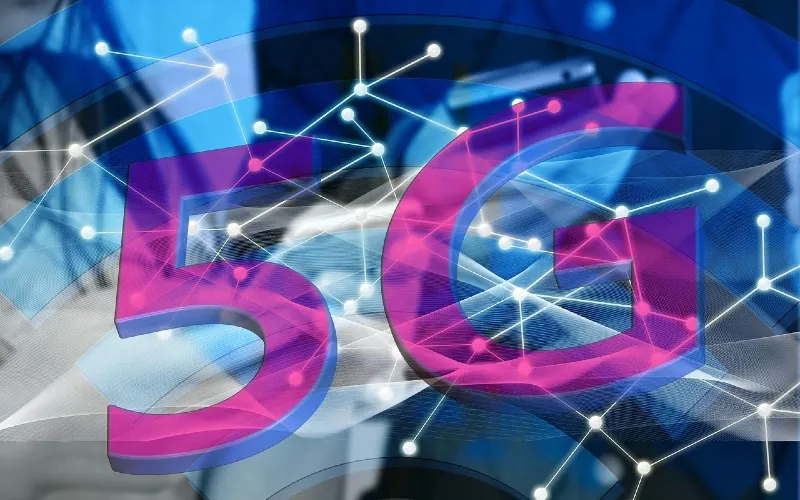The global rollout of 5G marks more than just another upgrade in mobile connectivity; it represents a transformative shift in how digital experiences are built, delivered, and consumed. With ultra-low latency, faster speeds, and greater reliability, 5G is pushing mobile-first platforms into a new era, where performance expectations are no longer limited by bandwidth or delay.
From media and retail to health and finance, industries are adapting fast, rethinking what mobile platforms can truly offer in a hyper-connected world.
Powering Real-Time, Interactive Experiences
One of the biggest shifts brought by 5G is the ability to support real-time, interactive digital environments on mobile. Technologies like augmented reality (AR), virtual reality (VR), and real-time multiplayer ecosystems are now more accessible and stable than ever before.
This is especially visible in the entertainment and gaming sectors. For instance, mobile-first gaming platforms are leveraging 5G to enable smooth live-streaming gameplay, faster matchmaking, and immersive player interactions.
Even online casinos, designed to run entirely on mobile, have benefited from the leap in connectivity, with smoother live dealer games, instant load times, and low-lag multiplayer features now a staple for competitive platforms catering to mobile users. Among the standout innovations are the rise of fast withdrawal casinos UK, which take full advantage of 5G’s low-latency environment to process payouts in record time. For players, that means winnings can be transferred within minutes rather than days, paired with secure payment systems, mobile-optimised interfaces, and responsive support that keeps the experience seamless from first tap to final cashout.
In many ways, 5G isn’t just enhancing mobile experiences; it’s redefining what users can expect from real-time digital interaction, whether they’re gaming, streaming, or cashing out their latest win on the go.
Unmatched Speed and Lower Latency
5G’s most headline-grabbing feature is its speed. With potential download rates up to 10 Gbps and latency reduced to just 1 millisecond, mobile apps are evolving from “lite” versions of desktop experiences into full-featured, responsive platforms.
Streaming services can now deliver 4K content without buffering. Cloud-based productivity apps feel almost as fast as software installed natively on devices. For end-users, that means less waiting and more doing, whether they’re editing video, navigating AR overlays, or joining a virtual meeting on the move.
A Catalyst for the Next Generation of Fintech
Financial platforms are also gaining momentum thanks to 5G. Mobile-first banking apps can now offer near-instant biometric login, frictionless payments, and real-time investment tracking with almost no lag. Features that depend on reliable data streaming, like fraud detection or AI-driven customer support, perform more effectively with 5G infrastructure in place.
We’re also seeing the rise of gamified financial services, where users can track savings goals or make investment decisions in interactive, visually engaging formats. With 5G, these experiences feel seamless and secure, even under high traffic.
Optimising with Edge Computing
The rollout of 5G has also accelerated the adoption of edge computing. By processing data closer to the user rather than sending it to a centralised server, platforms can deliver faster results while reducing pressure on networks.
For mobile-first platforms, this means better performance, lower battery usage, and improved user privacy. Retail apps can update inventory or pricing in real-time. Navigation apps can adjust routes instantaneously. And mobile healthcare platforms can analyse biometric data and deliver insights on the spot, all without lagging or crashing under load.
Supporting the Growing Ecosystem of Connected Devices
5G also enables a much higher density of connected devices, which is key to supporting the Internet of Things (IoT). Wearables, home assistants, fitness trackers, and even smart vehicles are part of the expanding mobile-first ecosystem.
For businesses, this opens up new ways to engage users across platforms. A wellness app might sync a smartwatch with a meditation playlist that plays through a smart speaker. A delivery app might alert a customer via both a phone and a smart fridge screen. The consistency and speed of 5G allow all of this to happen without delay or dropout, making the ecosystem feel unified and intelligent.
Conclusion: A New Benchmark for Mobile Experience
As 5G continues its rollout, it’s doing more than speeding up downloads; it’s redefining what’s possible in mobile. Mobile-first platforms are no longer constrained by network performance or user patience. They can now be more immersive, more personalised, and more dynamic than ever before.
The industries that adopt early and build for this new level of performance will be the ones that stay ahead, whether through better customer experiences, smarter data usage, or more engaging content. For users, the future of mobile isn’t just faster, it’s smarter, sharper, and more seamlessly integrated into daily life.


